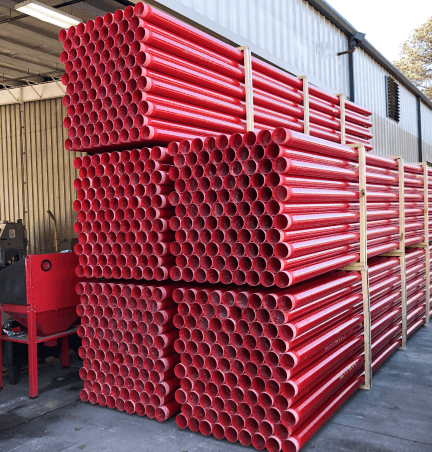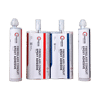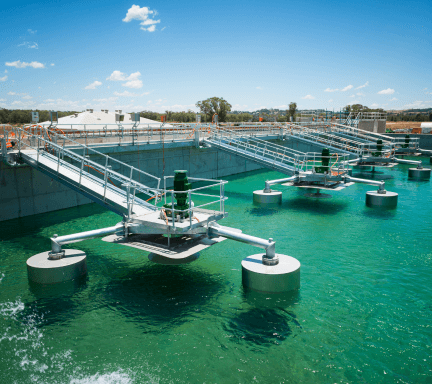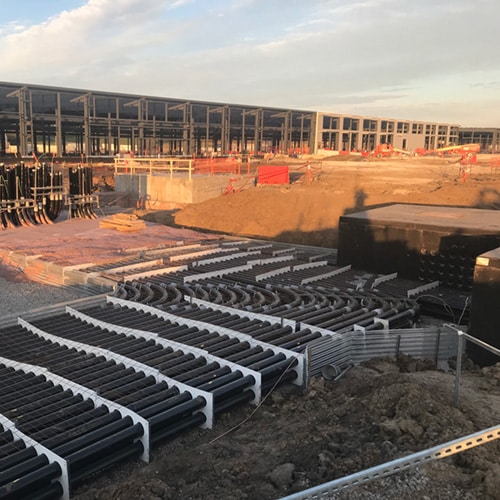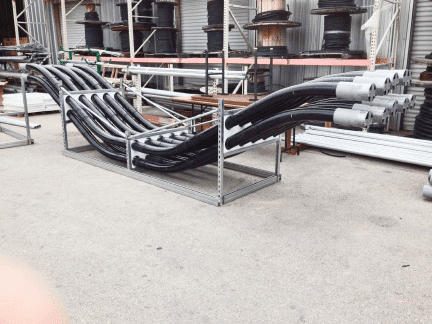Project owners, engineers, and contractors have always been interested in saving money, streamlining installation, and ensuring long-term performance of all aspects of their projects. Fiberglass conduit is an important tool in their arsenal to accomplish these goals. Here are some frequently asked questions about this versatile and strong material:
What are the benefits of using fiberglass as a conduit?
Fiberglass conduit is engineered to be lightweight without sacrificing strength. It offers superior corrosion resistance and one of the lowest coefficients of friction available. Fiberglass conduit features easy field handling and manpower savings. Safety is also a key feature – fiberglass conduit doesn’t release toxic halogens when burning. Fiberglass conduit will not melt or weld the wire to the inside of the conduit under fault conditions. Its light weight also contributes to faster, easier installations for added safety benefits. Finally, fiberglass conduit is an excellent insulator that happens to feature a lower material cost when compared to other in-market conduit products.
Where is fiberglass conduit being used?
Fiberglass conduit is used by a wide variety of industries, from pipeline, chemical, and wastewater treatment projects to port authority, transportation, utilities, and data center applications. In fact, you’ll find fiberglass conduit in the Niagara Falls Observatory and the Hoover Dam. Engineers are turning to this versatile material because of its ability to stand up to a wide range of corrosive and ambient environments.
How is fiberglass conduit manufactured for strength and durability?
The manufacturing process begins with glass filaments under tension winding over a rotating mandrel. The strands are laid in a precise pattern and impregnated with resin as they are wound onto the mandrel. Once the desired thickness is reached, the conduit is cured at a high temperature. This ensures maximum strength and results in a lightweight, strong conduit product that retains its shape after impact or compression and stands up to extreme conditions better than other options.
What kinds of fiberglass conduit are available, and how are they different?
Champion Duct® delivers a range of benefits when used in applications ranging from below ground to concrete encased to underbridge – and almost anywhere in between. For particularly hazardous environments, Champion Fiberglass offers Champion Haz Duct® XW Type fiberglass conduit, designed and rated for use in Class I, Div 2 areas. Finally, there is Champion Flame Shield®, a conduit system that utilizes a phenolic resin base. This system eliminates the cable fault and zinc compatibility issues associated with galvanized rigid steel conduit and two-hour fire-rated cables.
When the benefits are weighed in comparison to other conduit materials, it becomes clear that Champion Fiberglass offers clear advantages. Fiberglass conduit outperforms PVC-coated steel, galvanized rigid steel, and aluminum in crucial areas like weight, corrosion resistance, and installation cost.
Learn more about the benefits of Champion Fiberglass with the full list of FAQs.








